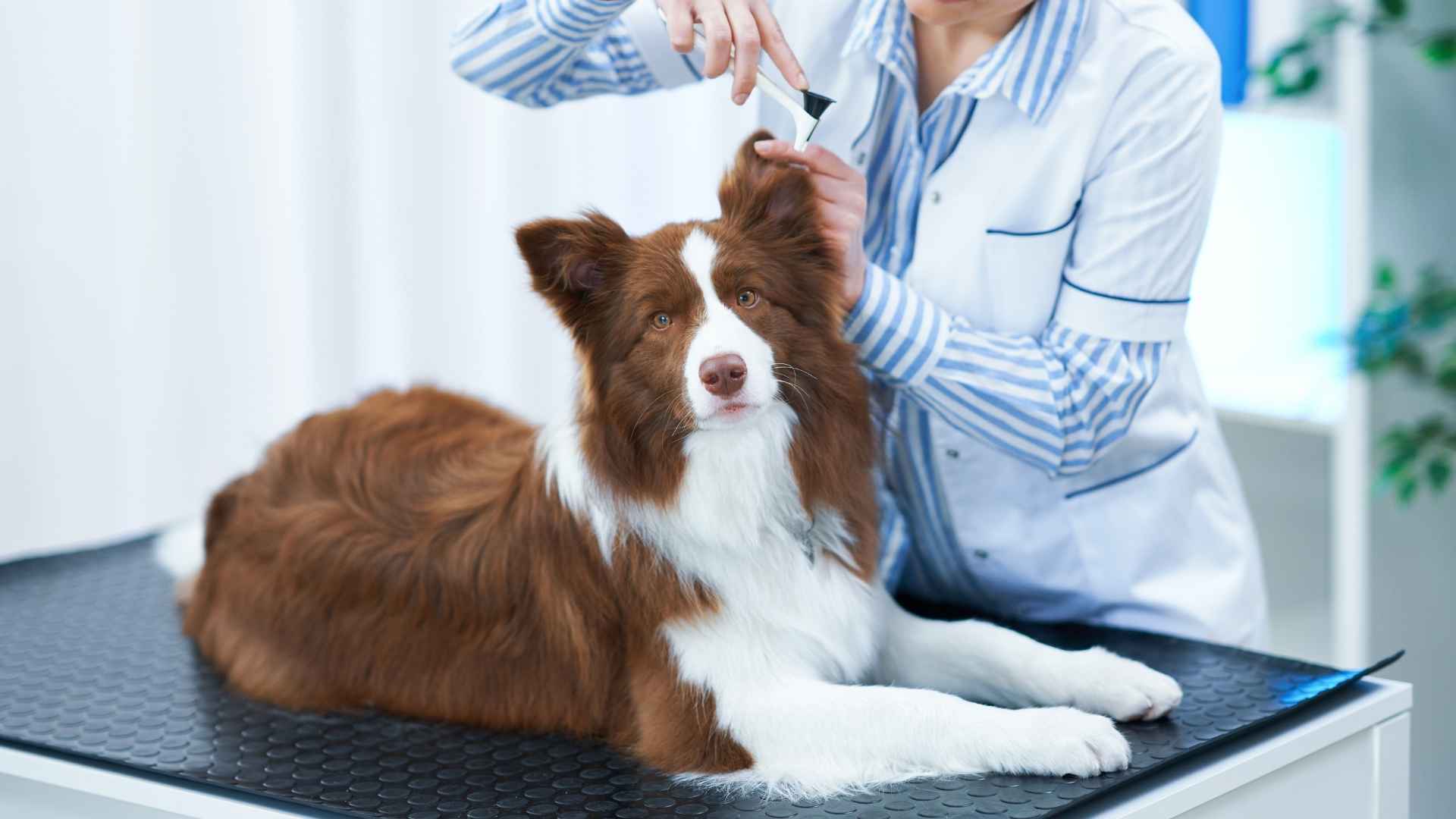Those big floppy ears? Absolutely adorable. But behind those velvet flaps often lurks a not-so-cute reality: ear infections, wax build-up, and a whole lot of head-shaking. Many breeds are more prone to ear problems than others, and if you’re a future dog parent, it pays to know what you’re getting into.
Why the drama? Long ears trap moisture. Hairy canals hold bacteria. And some pups just seem cursed with extra ear gunk from day one. But with the right care, even these high-maintenance ears can stay happy, clean, and infection-free.
We’ll look at the breeds that struggle the most with ear issues—and why. From hounds to spaniels and beyond, these dogs are lovable as ever, but may need weekly ear checks and a little extra TLC at bath time.
If you’re ready to love a pup through their ear woes (and have Q-tips on standby), this list will help you prepare—and prevent those dreaded vet visits.
Dog Breeds With Bad Ears
1. English Cocker Spaniel
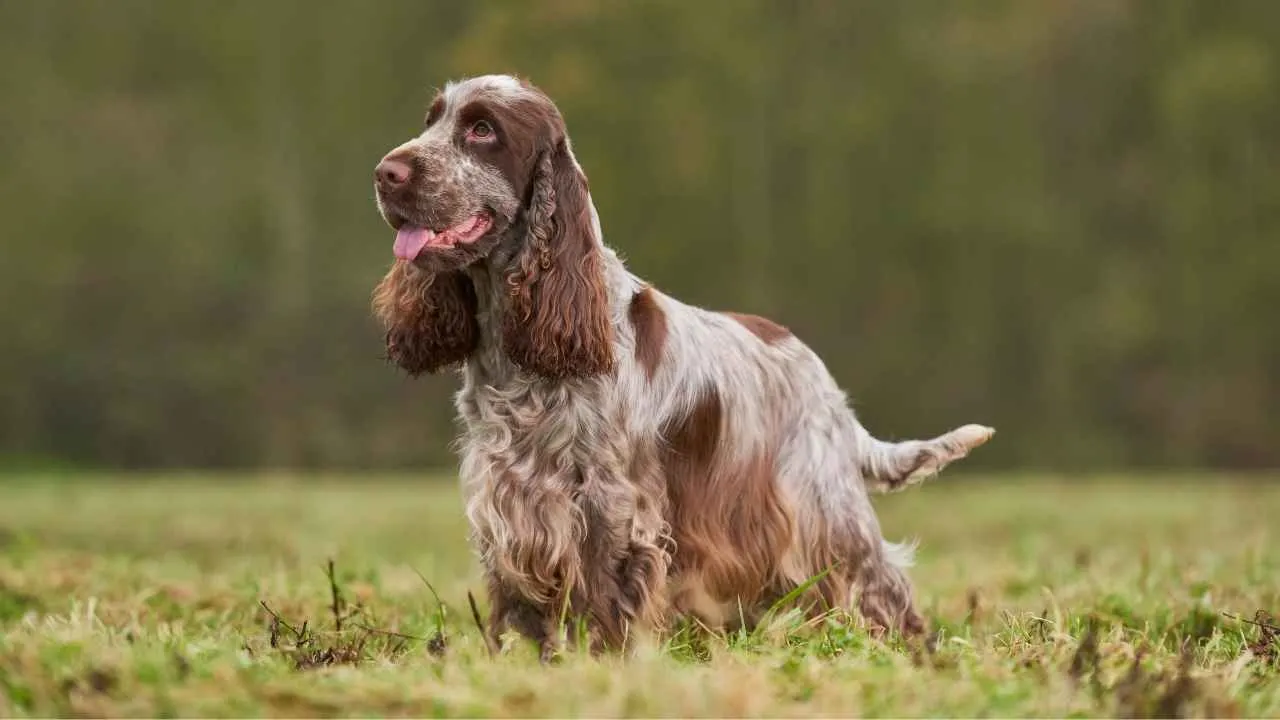
If there’s a dog breed that wears its heart — and its ears — on its sleeve, it’s the English Cocker Spaniel. With their soulful eyes, silky, long ears that practically sweep the floor, and a personality bursting with playful energy and affection, these dogs are pure sunshine wrapped in fur.
They’re family favorites for their loving nature and smarts, but let’s be honest: those luscious ears can also be a headache (literally) for owners.
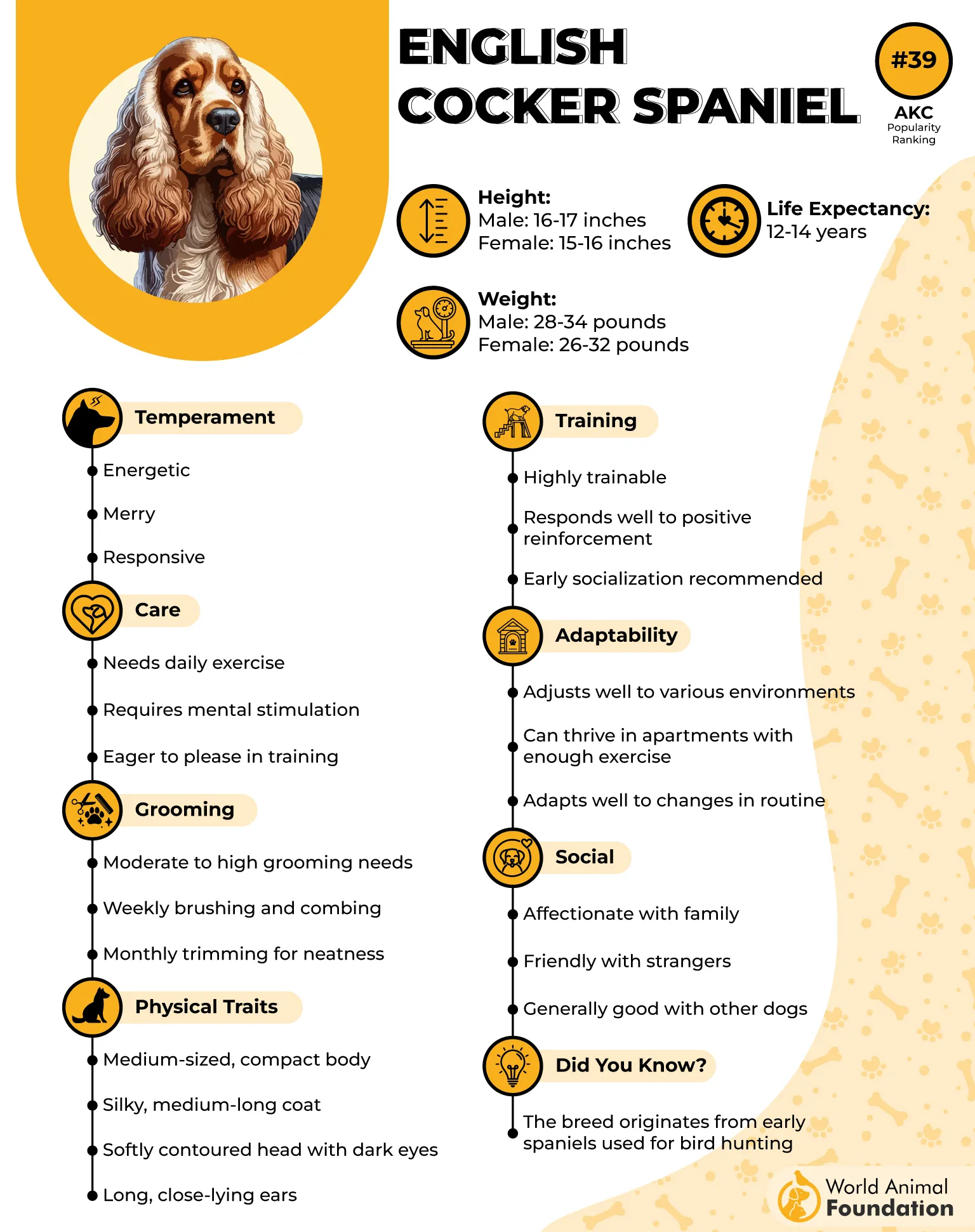
Their floppy ears are adorable, but they tend to trap moisture and debris, making them the perfect playground for ear problems. While their cheerful, tail-wagging charm will melt your heart, their ears require a bit of extra TLC to keep them happy and healthy.
Common Ear Troubles
Ear Infections
Ear Mites
Allergies
Ear Hematomas
How to Keep Those Ears in Tip-Top Shape
Check ears weekly for odor, redness, or discharge.
Dry ears thoroughly after baths or swimming.
Clean gently with vet-approved solutions — no Q-tips!
Trim hair around the ear canal to improve airflow.
Visit the vet early if you spot any signs of trouble.
Cocker Spaniels make fantastic companions for first-time pet parents, as well as adults and children, PetMD noted. Their cheerful personalities and gentle demeanor fit beautifully into a wide range of households.
Those silky ears might be the English Cocker Spaniel’s signature, but they come with responsibility. With just a little regular care, your Spaniel’s ears will stay as charming as their big, loving heart. Keep the scratches and shakes in check, and you’ll enjoy a happy, healthy, floppy-eared best friend for years to come!
2. Australian Cattle Dog

Meet the Australian Cattle Dog — rugged, hardworking, and packed with energy that could power a small city.
These smart, athletic dogs were bred to herd cattle all day under the harsh Australian sun. Their ears? Perky and upright, designed to catch every sound on the ranch. But don’t let that tough exterior fool you — their ears can be surprisingly sensitive and prone to problems if not cared for properly.
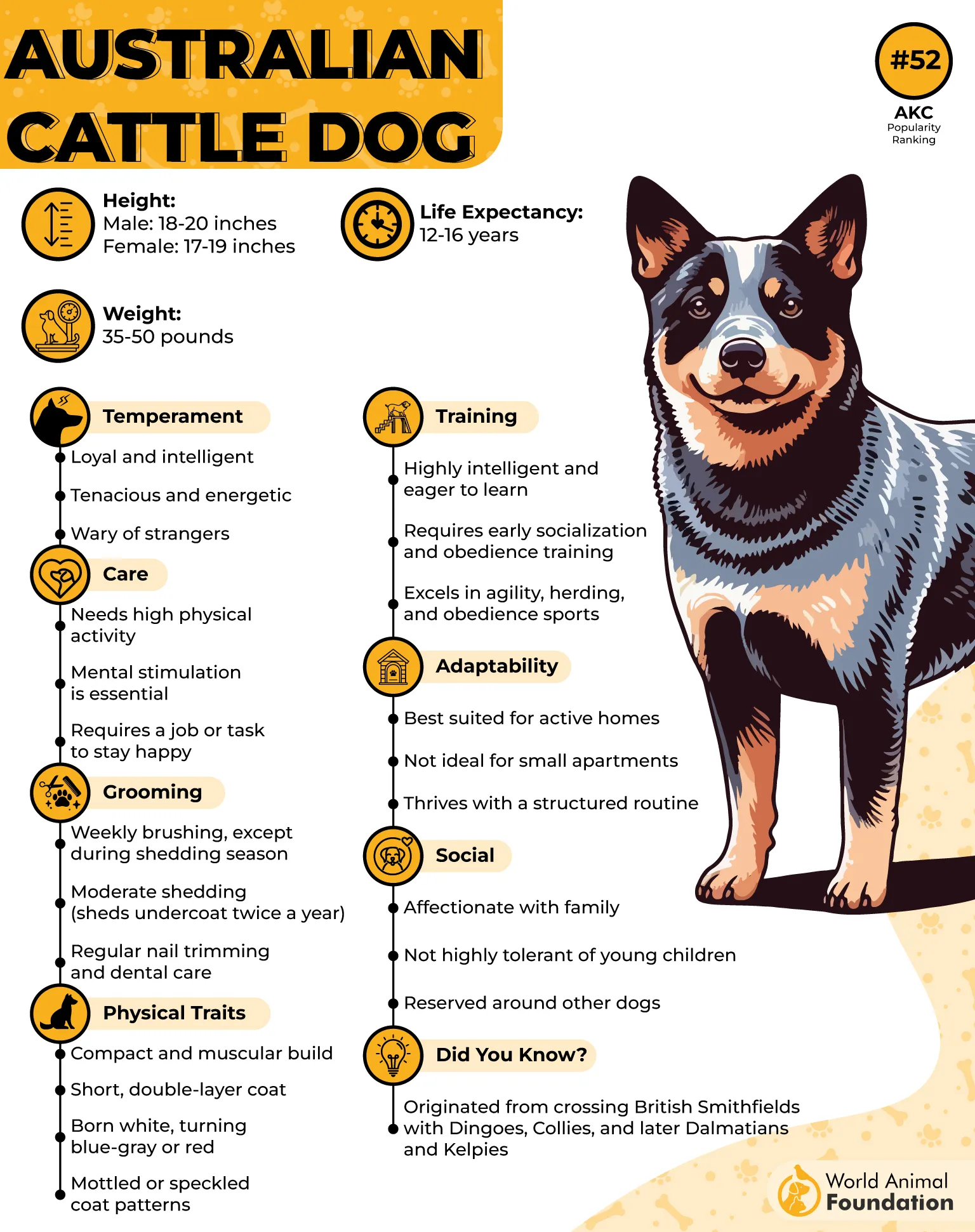
Because they spend a lot of time outdoors and love exploring rough terrain, dirt, grass seeds, and moisture can sneak into their ears, leading to irritation or infection. So, even the toughest cattle dog needs some ear TLC to stay in top shape.
Aussie Cattle Dog Ear Woes
Ear Infections
Foreign Objects
Allergies
Ear Trauma
Quick Tips
Inspect ears regularly for dirt, redness, or swelling.
Clean ears with vet-approved solutions after outdoor adventures.
Remove visible debris carefully (vet’s help is best for deep objects).
Keep the hair around the ears trimmed to prevent buildup.
See the vet if your dog shakes its head excessively or scratches its ears a lot.
Australian Cattle Dogs may be built like little warriors, but their ears appreciate gentle care to avoid unexpected drama. With some regular love and attention, your high-energy herding buddy will keep those ears perked and problems at bay, ready to listen for the next cattle command or your call for playtime!
3. English Setter
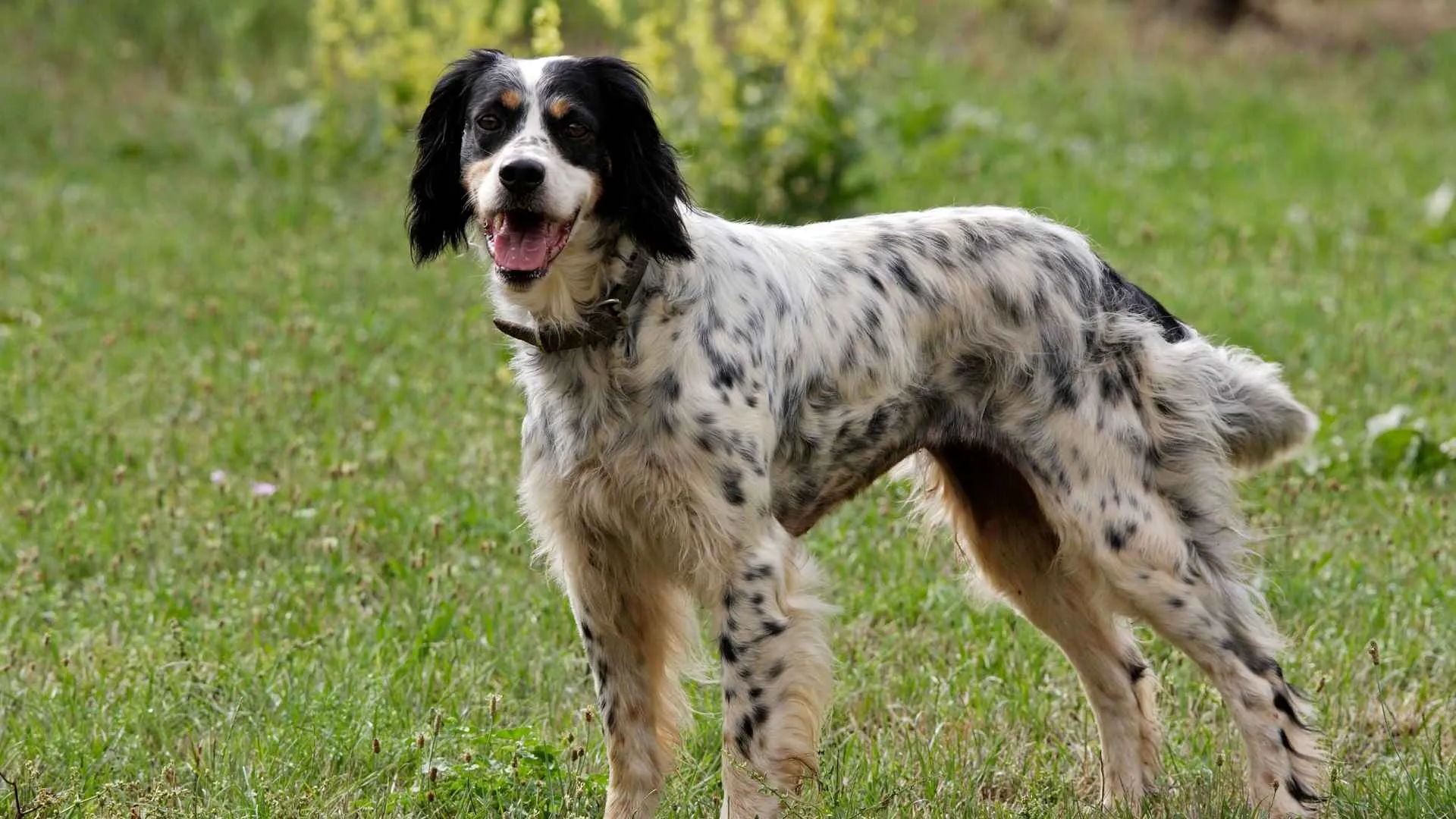
Elegant, graceful, and sporting a coat that looks like it belongs in a painting, the English Setter is the aristocrat of the pointing dog world.
Known for their gentle temperament and hunting prowess, these dogs are as much family companions as they are field champions. But beneath all that beauty lies one tricky challenge: their long, feathered ears are a hotspot for ear problems if ignored.
Those silky ears don’t just look stunning—they also create a cozy, dark tunnel where moisture and dirt love to hang out. For an active Setter who loves the outdoors, this can lead to itchy, irritated ears faster than you can say “fetch!”
Ear Troubles
Ear Infections
Ear Mites
Allergies
Excess Wax Build-up
Ear Care
Check ears weekly for redness, smell, or discharge.
Dry ears thoroughly after swimming or bath time.
Use vet-approved ear cleaners to gently clean out wax and dirt.
Trim excess hair around the ears to improve airflow.
With their aristocratic looks and warm hearts, English Setters deserve ears as fabulous as their personalities. Keep those silky ear flaps clean and dry, and your Setter will be ready to charm everyone, both in the field and on the couch!
4. Australian Shepherd

The Australian Shepherd is like that overachieving friend who’s always two steps ahead—smart, energetic, and endlessly loyal.
Known for herding sheep and stealing hearts, Aussies are all about action, adventure, and mental challenges. Their ears? Medium-sized, sometimes semi-floppy, sometimes perked—always listening for the next command or squirrel alert.
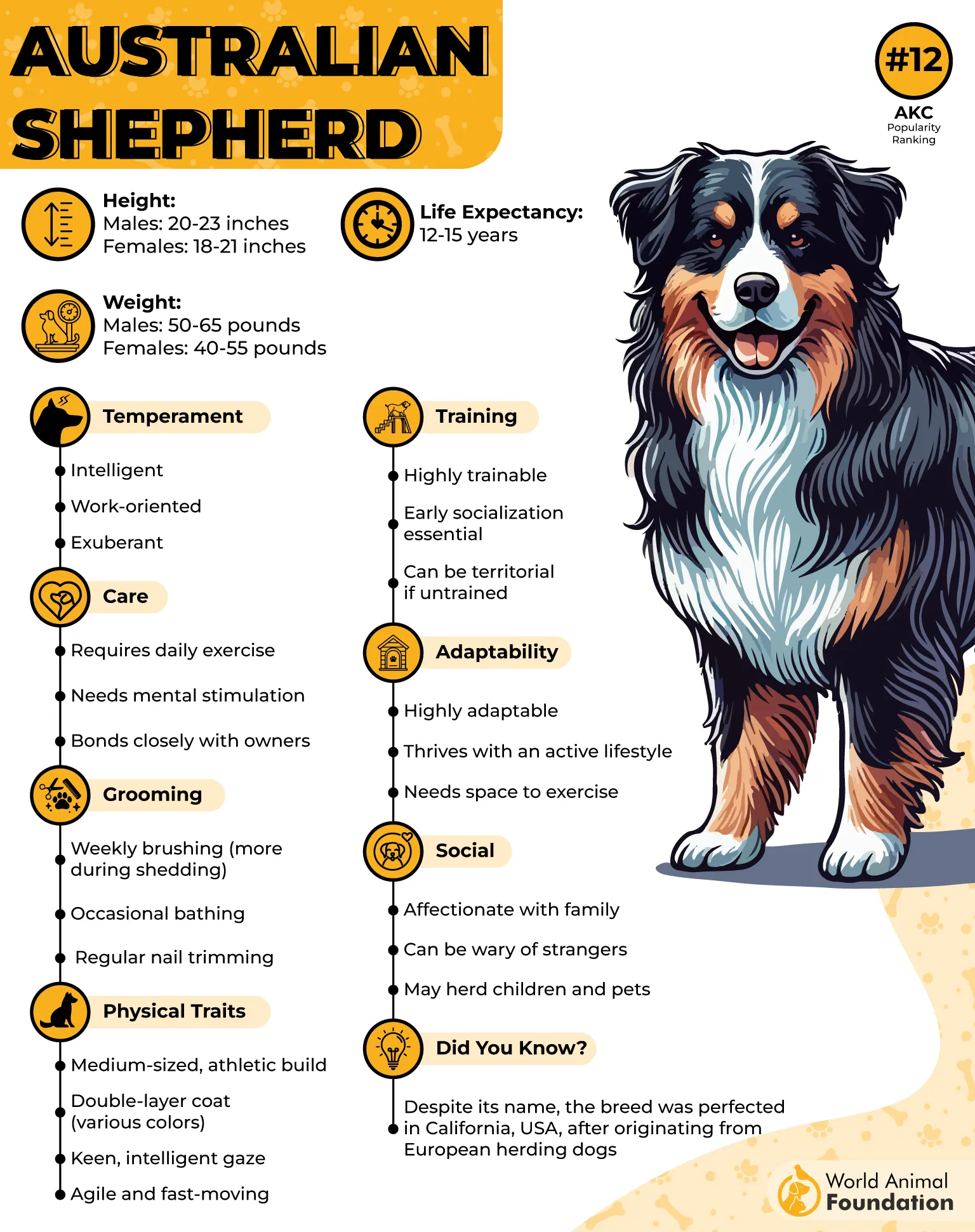
But here’s the thing: all that activity means their ears often collect dirt, sweat, and other outdoor grime, which can turn into ear infections if ignored. Plus, Aussies can be prone to allergies that irritate their ears and leave them scratching like it’s an all-you-can-scratch buffet.
Ear Troubles
Ear Infections
Allergies
Ear Mites
Ear Trauma
Ear Care
Inspect ears regularly for redness, discharge, or bad smells.
Wipe ears gently with vet-approved cleaners after outdoor play.
Dry ears thoroughly after water fun.
Keep hair around the ears trimmed for better airflow.
Australian Shepherds may be brainy and built for work, but their ears need just as much attention as their wagging tails. A little routine ear care keeps your Aussies’ hearing sharp—and their head-shakes to a minimum. Ready for more doggy ear wisdom? Just say the word!
5. Bull Terrier
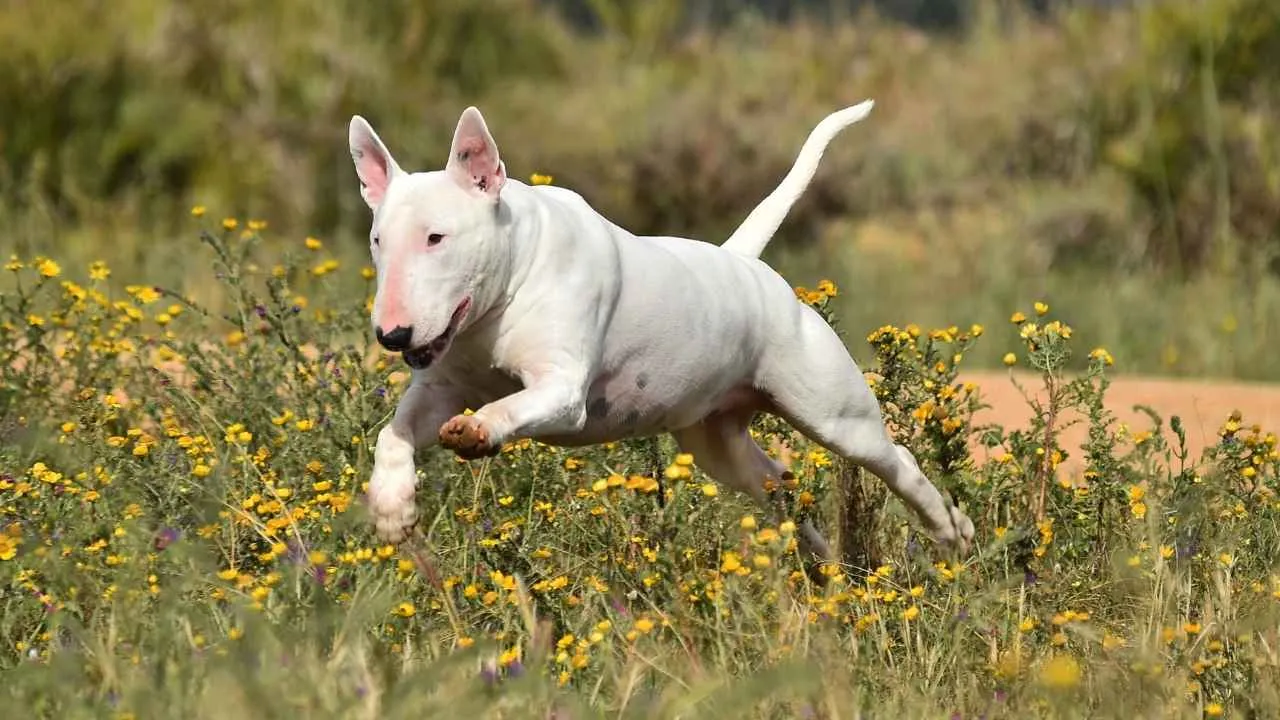
Bull Terriers might look like little tough guys with their iconic egg-shaped heads and confident swagger, but underneath all that bravado is a sweet, clownish personality that melts hearts.
Their ears? Small, pointed, and standing tall like little antennae tuned to your every word (or snack rustle). But those charming ears can sometimes get into trouble if you don’t keep an eye on them.
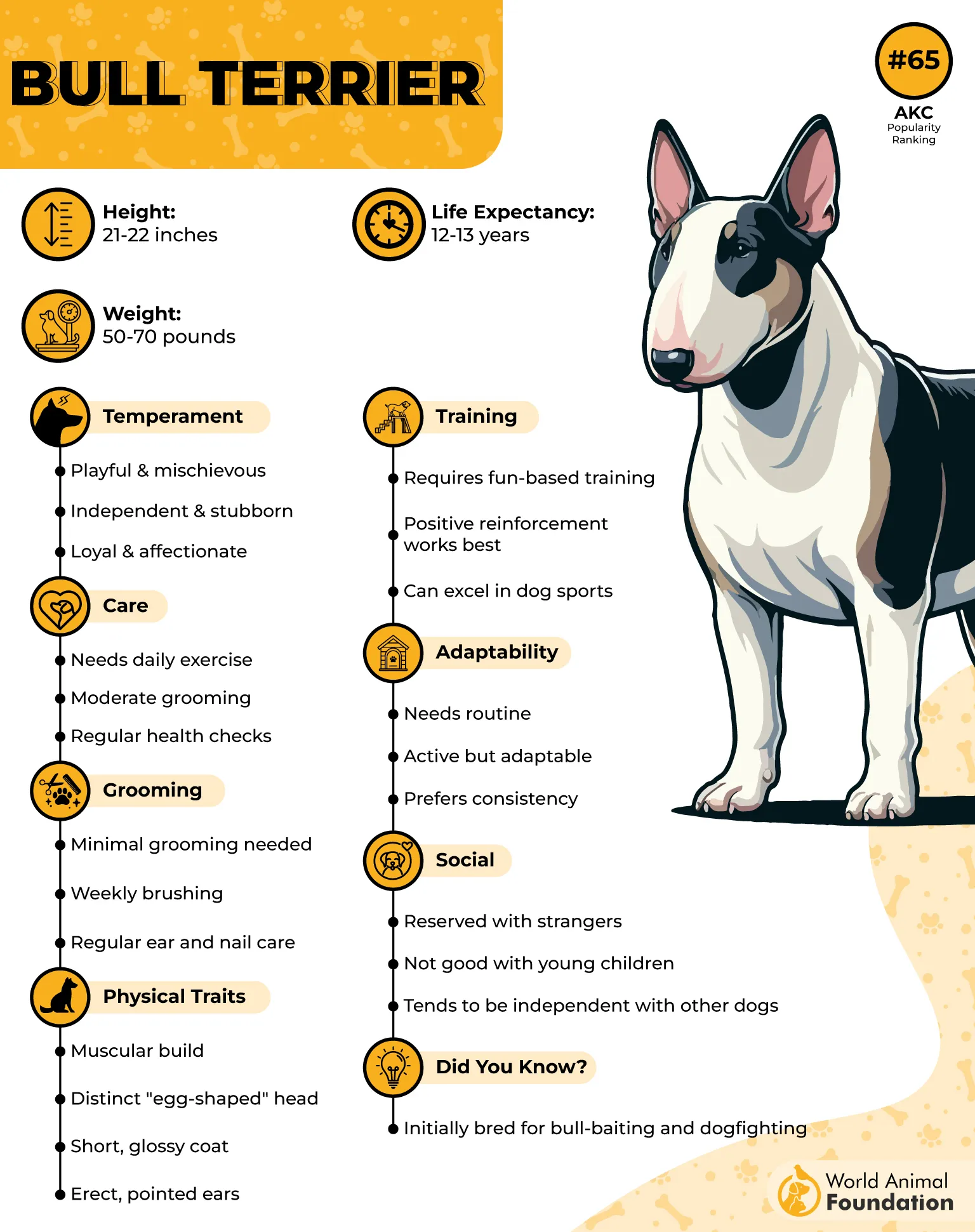
Bull Terriers are generally low-maintenance when it comes to ears, but they aren’t completely immune to issues. Dirt, wax buildup, or minor injuries from their rambunctious play can cause discomfort and infections if left unchecked.
Ear Troubles
Ear Infections
Allergies
Ear Trauma
Excess Wax
Care Tips
Check ears weekly for redness or odd smells.
Clean gently with vet-approved ear wipes or solutions.
Keep ears dry, especially after baths or swimming.
Watch for signs like scratching or head shaking, and get a vet check if needed.
According to the AKC, a happy Bull Terrier life revolves around four key ingredients: early socialization with both people and other dogs, consistent yet gentle training, plenty of exercise to burn off energy, and loads of quality time with their beloved humans.
Those perky Bull Terrier ears are as expressive as their personalities—ready to listen, alert, and sometimes demand treats. A little regular ear TLC goes a long way in keeping your Bull Terrier happy and comfy, so those ears stay as tough as their attitude but as healthy as their heart.
6. Dalmatian
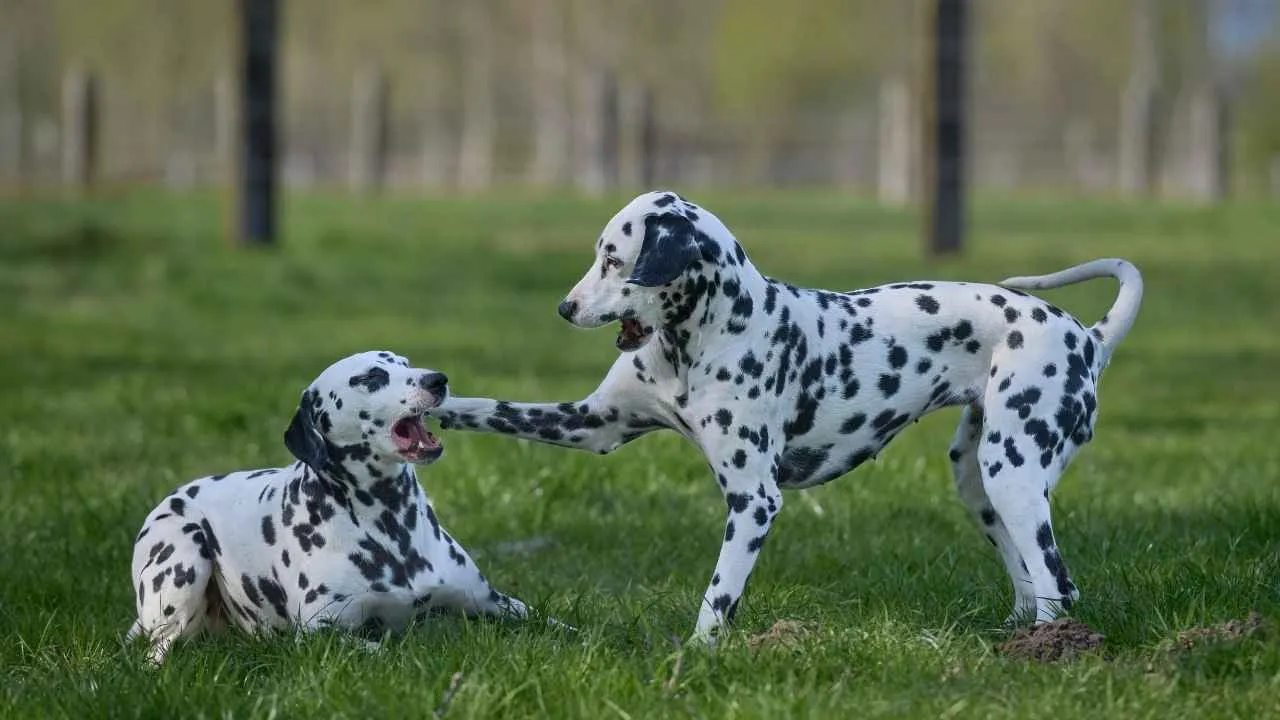
Dalmatians are famous for their iconic spots, boundless energy, and a personality that’s as bold as their coat.
Whether they’re sprinting across the park or just lounging in style, their ears—medium-sized and floppy—play a starring role in their expressive look. But those floppy ears can sometimes be a bit… problematic.
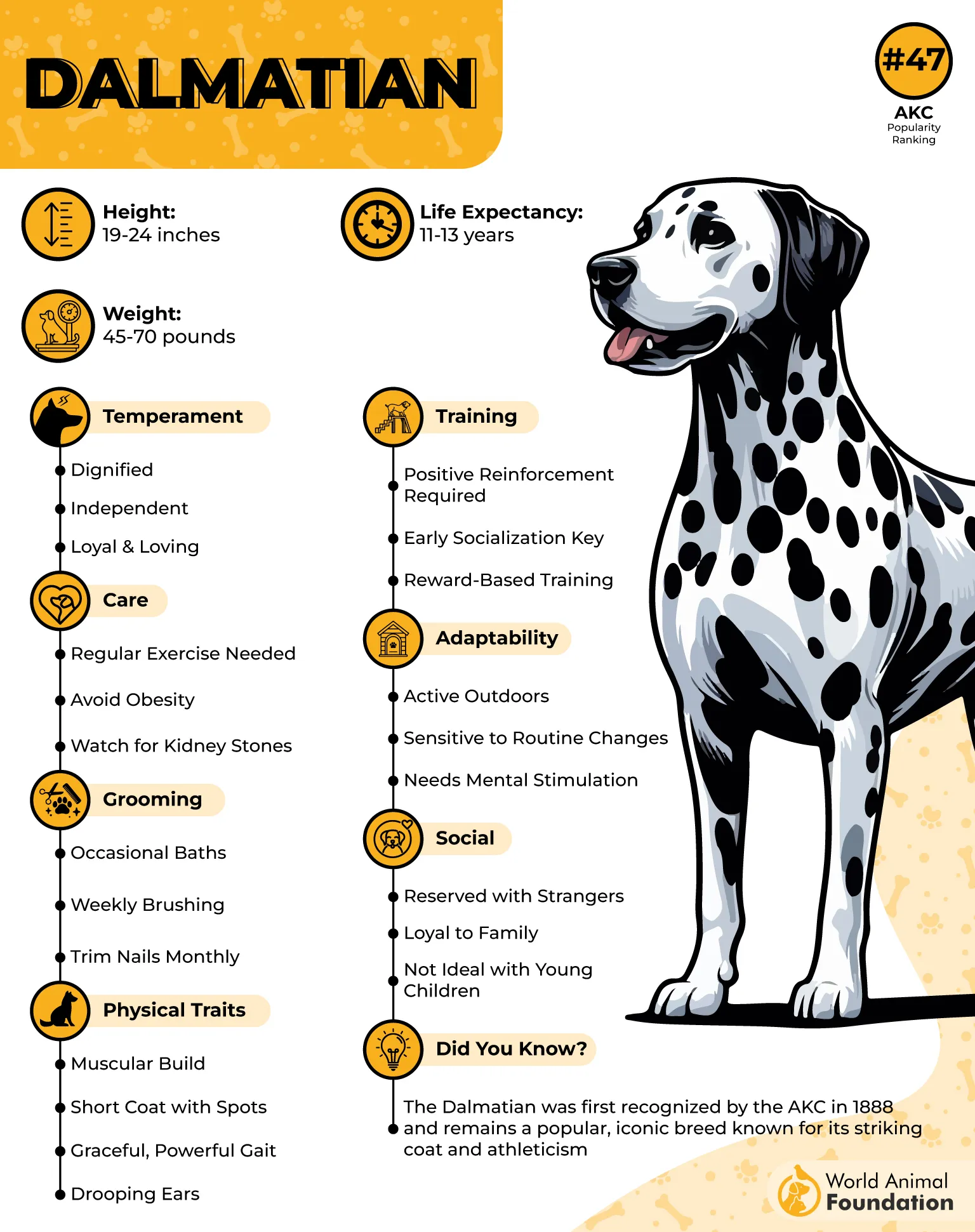
With their love for action and outdoor adventures, Dalmatians can be prone to ear troubles like infections and allergies. Their ears trap moisture and debris, which makes for a less-than-ideal environment if not cleaned regularly. And because Dals tend to be pretty active, keeping their ears healthy takes some extra care.
Ear Challenges
Ear Infections
Allergies
Wax Buildup
Ear Trauma
Quick Tips
Regularly check ears for smell, redness, or discharge.
Clean ears gently with vet-approved cleaners.
Dry ears thoroughly after swimming or baths.
Trim excess hair around the ears if needed.
With just a little regular ear care, your Dalmatian will keep those signature ears perked and ready for action, whether it’s chasing squirrels or charming the neighborhood. Healthy ears mean a happy, spot-tastic buddy ready for all the fun!
7. Labrador Retriever

Labrador Retrievers are the quintessential family dogs — friendly, loyal, and endlessly eager to please. The Labrador Retriever—commonly called the Labrador or simply Lab—is a British gundog breed and one of the most beloved dog breeds across the globe.
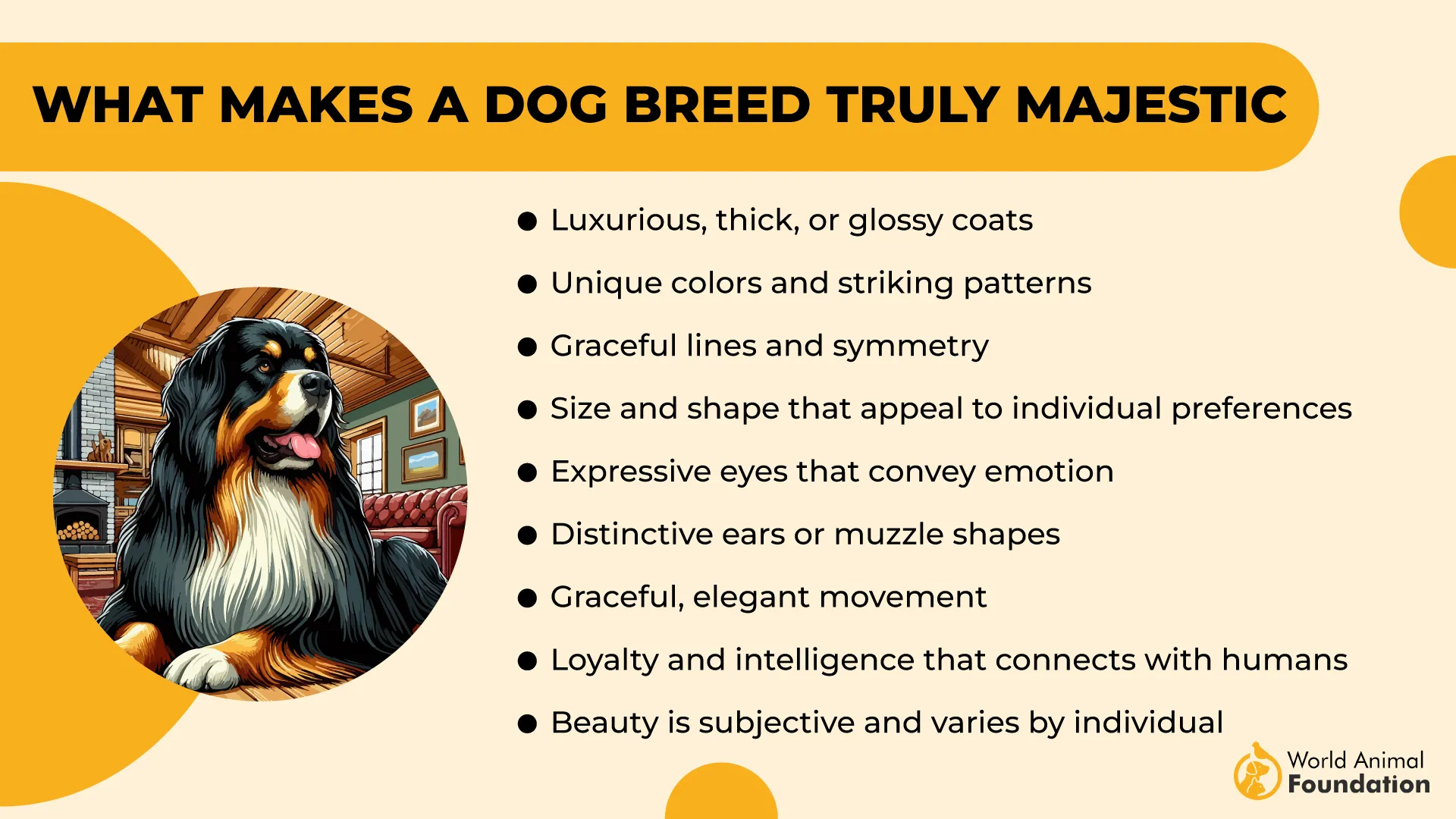
With their signature floppy ears, soulful eyes, and constantly wagging tails, Labs radiate friendliness, charm, and an irresistible warmth that has made them a favorite in countless households.
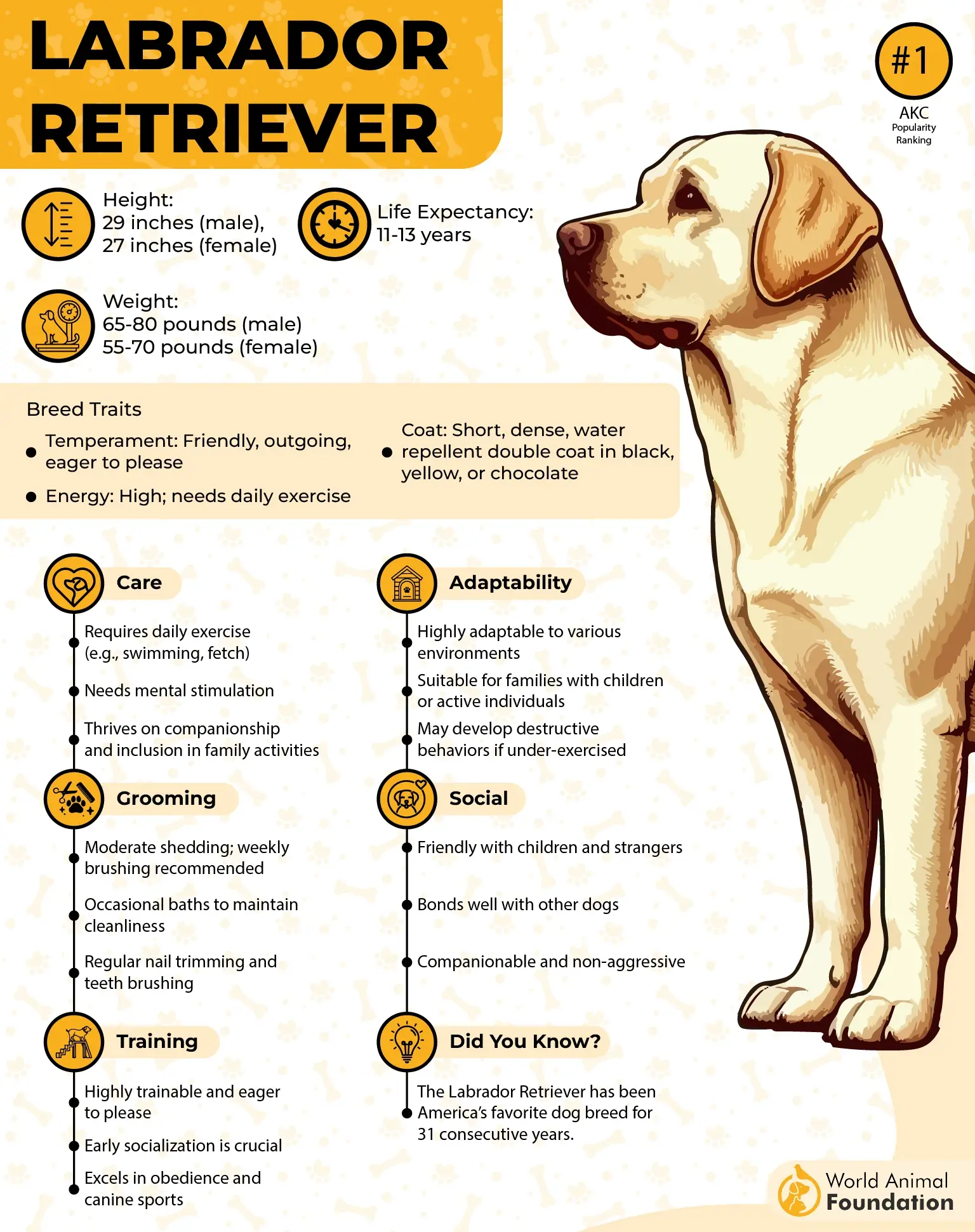
If there’s one dog that practically invented the phrase “wet and happy,” it’s the Labrador Retriever. But all that splashing means their floppy ears often turn into cozy little moisture traps, perfect for yeast and bacteria to throw a party. And spoiler alert: that party usually ends with an ear infection.
Lab Ear Trouble
Ear Infections
Wax Buildup
Allergies
Ear Trauma
Precaution
Dry ears thoroughly after every swim or bath.
Check ears regularly for redness, odor, or discharge.
Clean gently with vet-approved ear cleaners — no cotton swabs, please!
Keep hair around the ear canal trimmed for better airflow.
Visit the vet if your Lab shows signs of persistent scratching or head shaking.
Labs are champs at turning heads and winning hearts, but their ears can sometimes be a bit high-maintenance. Keeping those ears clean and dry is the secret to ensuring your Lab stays as comfortable as they are lovable.
Labs may be water lovers at heart, but their ears need some dry-time love to avoid those pesky infections. Keep up with a little routine ear care, and your Lab will be splashing, fetching, and wagging without a hitch — ear troubles won’t stand a chance!
Conclusion
Dog breeds prone to ear infections are actually breeds with hairy ears or very hairy ears, like the Basset Hound, Golden Retriever, Cavalier King Charles Spaniel, and Irish Setters, are more prone to develop ear infections due to narrow ear canals and heavy skin folds that retain moisture and debris inside.
These factors make cleaning a challenge for pet parents and pet owners, requiring close attention to keep a dog’s ears clean and healthy. Even a small amount of trapped moisture can damage the eardrum and lead to infections.
Breeds like Beagles and Poodles are also susceptible, so regular ear drops and prompt treatment recommended by a veterinarian or veterinary medicine expert are crucial. Paying attention to your furry friend’s ear health helps prevent discomfort and supports overall dog health, making it easier to enjoy many happy years with your loyal companion


